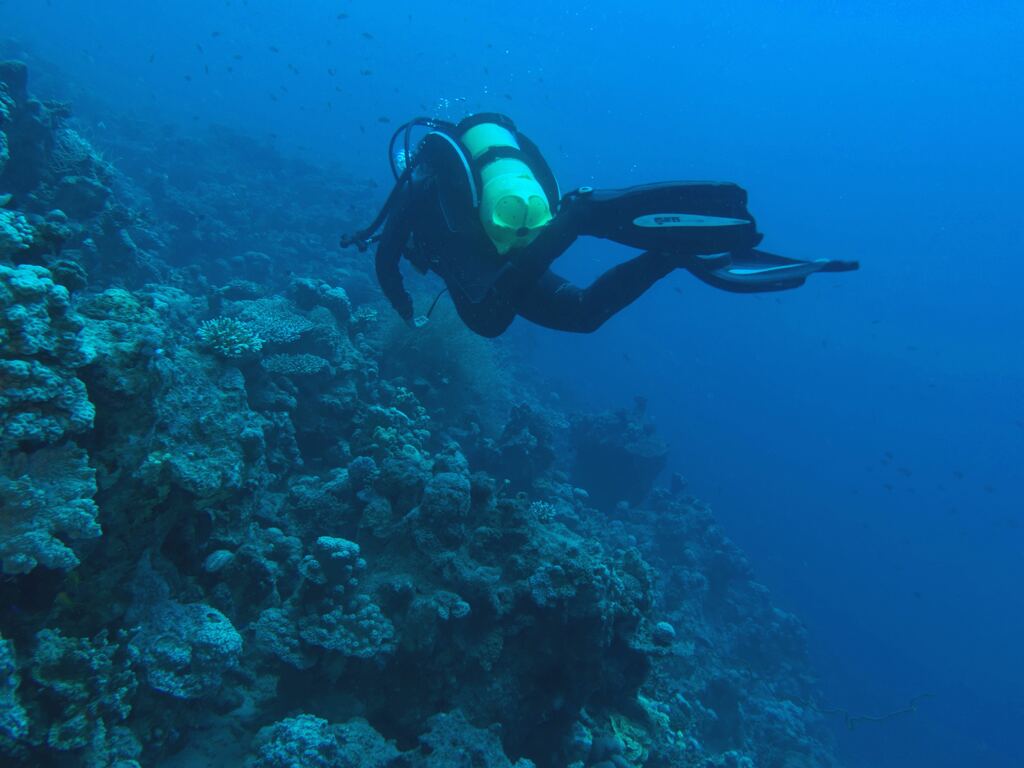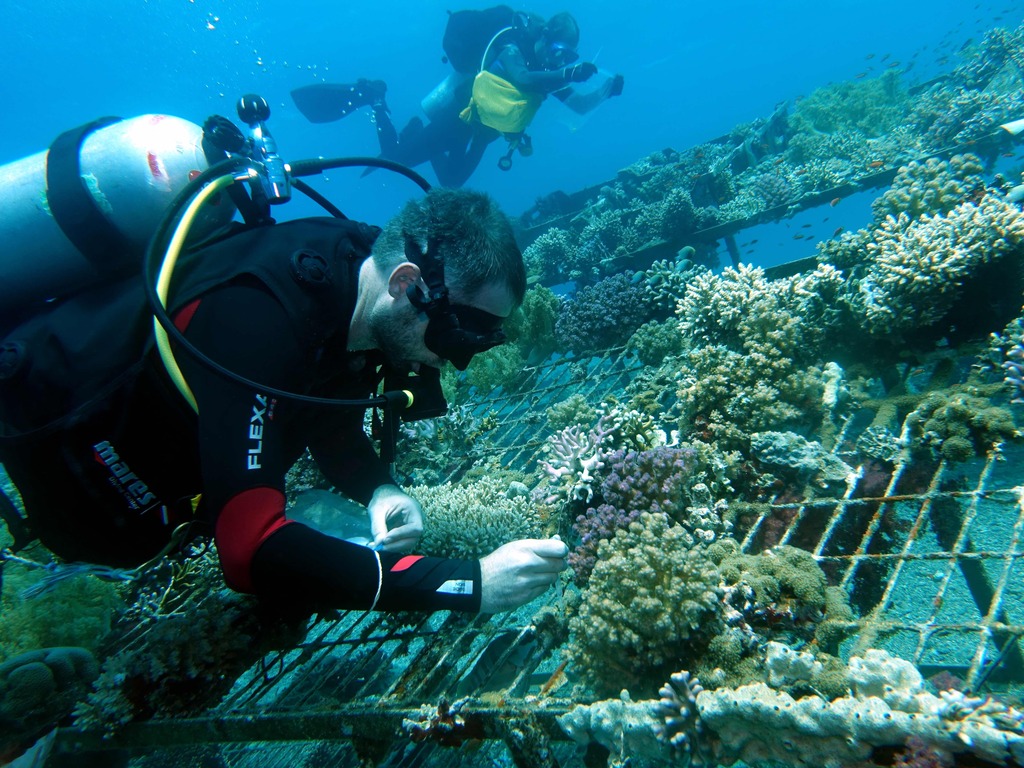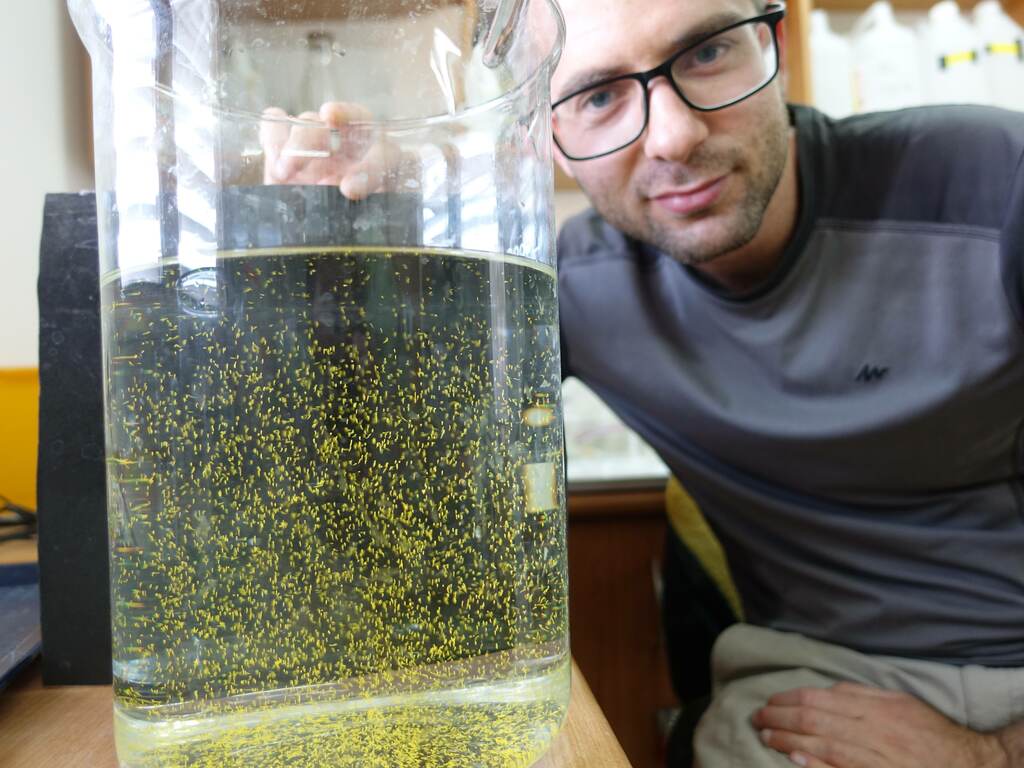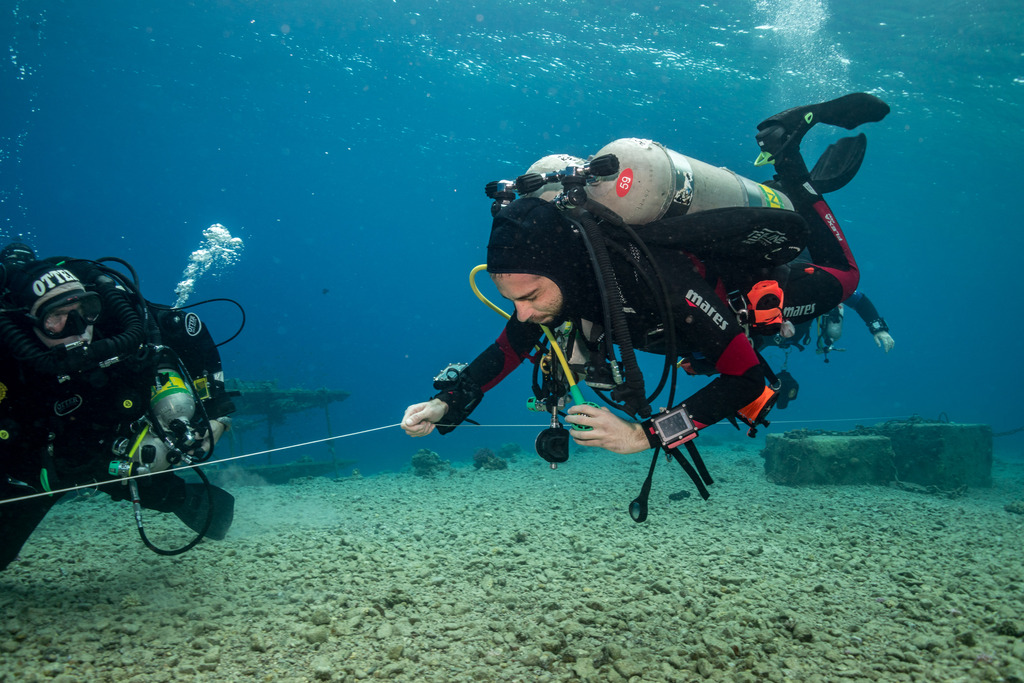Behind the science:
Octocoral Sexual Reproduction: Temporal Disparity Between Mesophoti...
2019, November 5
Posted by Veronica Radice
Fields
Reproduction
Focusgroups
Octocorallia (Soft Corals)
Locations
Israel - Red Sea
Platforms
SCUBA (open-circuit or unspecified)
“Temporal disparity in the sexual reproduction of zooxanthellate octocorals”
What was the most challenging aspect of your study (can be anything from field, lab to analysis)?
Continuously integrating and changing between field & lab work, data analysis, writing assignments and teaching assistant tasks is a major challenge, especially for someone as unorganized as myself, but I think I’ve improved a lot in this aspect :)
What was the most memorable moment in undertaking this study?
I think recognizing that a whale shark is swimming right in front of my eyes during a descent from the surface down to 45 m was one of the things I will never forget. Unfortunately, everything happened so fast, the camera was not even ready, the screw of the flash strobe just came off, leaving it hanging in the water and forcing me to grab it with my own hands without being able to take a good photo. But Wow! We just couldn’t believe what just happened.
 My favourite dive site, the vertical wall in the nature reserve
(C) Ronen Liberman
[CC BY-NC 4.0]
My favourite dive site, the vertical wall in the nature reserve
(C) Ronen Liberman
[CC BY-NC 4.0]
What was your favorite research site in this study and why?
Hmm that’s a difficult one because I really enjoy exploring all the deep sites here in the Gulf of Eilat, some of them have become like my second home already. Although the length of Eilat coral reefs is only several km, there are distinct differences between the sites due to various reasons. Overall, I think the vertical wall in the nature reserve which is stretching from 20 m down to 45 m is my favourite site because of the its unique complexity and high coral cover.
Other than your co-authors, with whom would you like to share credit for this work?
Tom Shlesinger is a friend & colleague that really supported me since the very beginning of my masters, opening my mind to the hidden aspects of coral reproduction and helping me develop my diving skills. Afterwards I was lucky enough to collaborate with him on few projects. Also, my girlfriend & colleague Jessica Bellworthy is an inspiration to me, setting very high standards within my own house.
 During surface brooding, the coral planula is developing and elongating on top of the colony surface for a period of 6 days
(C) Ronen Liberman
[CC BY-NC 4.0]
During surface brooding, the coral planula is developing and elongating on top of the colony surface for a period of 6 days
(C) Ronen Liberman
[CC BY-NC 4.0]
 Ronen Liberman and Tom Shlesinger collecting soft coral planulae from the nursery in front of IUI
(C) Erez Shoham
[CC BY-NC 4.0]
Ronen Liberman and Tom Shlesinger collecting soft coral planulae from the nursery in front of IUI
(C) Erez Shoham
[CC BY-NC 4.0]
Any important lessons learned (through mistakes, experience or methodological advances)?
Write down everything you do! It is so easy to miss out on important results or to lose samples due to laziness. Also writing is very important, especially for someone for whom English is not his native language, and there's no other better way to improve at that than to actually do it, exercise as much as possible.
Can we expect any follow-up on this work?
Sure, my PhD is already ongoing. Basically, I continue to investigate the biology of mesophotic soft corals in the Red Sea. I’m specifically interested in how different life history traits like reproduction, symbiosis and physiology change across the depth range. In addition I also try to examine how different endosymbiont effect early life stages of soft corals.
 The yellow points are several thousand soft coral planulae I collected and settled
(C) Ronen Liberman
[CC BY-NC 4.0]
The yellow points are several thousand soft coral planulae I collected and settled
(C) Ronen Liberman
[CC BY-NC 4.0]
Featured article:
|
|
Octocoral Sexual Reproduction: Temporal Disparity Between Mesophotic and Shallow-Reef Populations | article Liberman R, Shlesinger T, Loya Y, Benayahu Y (2018) Front Mar Sci |

|
